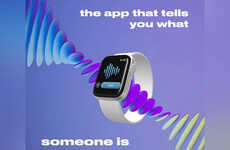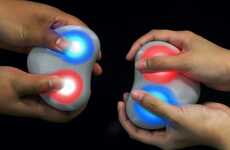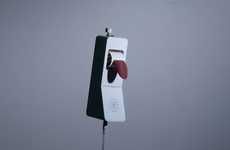
'EQ-Radio' Uses Wireless Signals to Read People's Emotions
References: csail.mit.edu & gizmodo
Machine learning is one thing, but the 'EQ-Radio' device from researchers at MIT's Computer Science and Artificial Intelligence Laboratory, or CSAIL, is developing machine feeling. About the size of a Wi-Fi router, the device uses wireless signals to detect the bodily conditions of people in its vicinity and make predictions about their emotional states.
While machine learning algorithms have been able to do similar emotive guesswork through facial recognition or body sensors, EQ-Radio is the first device to do so without a camera or any bodily contact. Rather, its wireless waves bounce off of people's bodies and return to the machine, giving it information about their respiration and heartbeat. It then uses this data to make predictions that, in lab tests, have been 90 percent accurate.
While machine learning algorithms have been able to do similar emotive guesswork through facial recognition or body sensors, EQ-Radio is the first device to do so without a camera or any bodily contact. Rather, its wireless waves bounce off of people's bodies and return to the machine, giving it information about their respiration and heartbeat. It then uses this data to make predictions that, in lab tests, have been 90 percent accurate.
Trend Themes
1. Emotion-sensing Devices - Companies can develop wearables and smart home devices that read and respond to people's emotions using wireless signals.
2. Non-intrusive Emotion Detection - Businesses can develop technology to detect people's emotional states without using cameras or physical contact.
3. Wireless Emotion Analysis - Wireless signals can be used to analyze people's emotions and bodily conditions, opening up opportunities for products that provide personalized emotional support and mental health care.
Industry Implications
1. Healthcare - Healthcare professionals can use wireless emotion-sensing technology to provide personalized mental health care and remote patient monitoring.
2. Consumer Electronics - Companies can develop emotion-sensing wearables and smart home devices to create personalized and responsive user experiences.
3. Retail - Retailers can use emotion-sensing technology to analyze customer moods and tailor shopping experiences to individual needs, creating new opportunities for customer engagement and brand loyalty.
2.3
Score
Popularity
Activity
Freshness























